Chernobyl 29 Years Later: What's Left And Who Comes Back
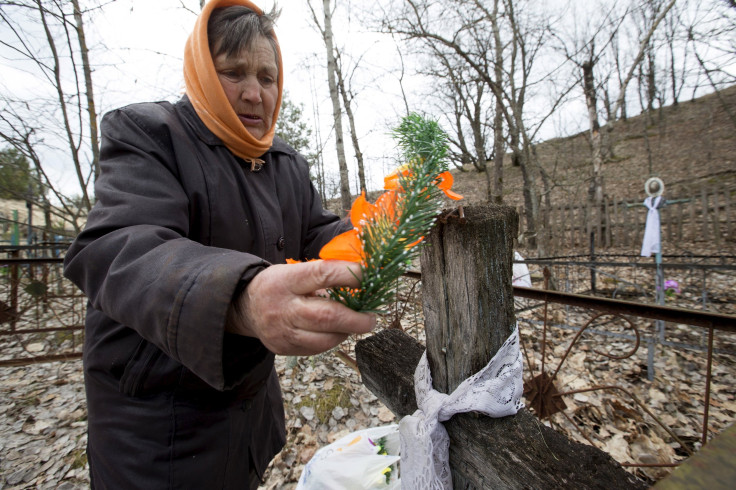
A comparatively unknown region of the Soviet Union encompassing parts of Ukraine and Belarus shot into the international spotlight April 26, 1986, when Reactor 4 at the Chernobyl Nuclear Power Plant exploded, sending massive amounts of nuclear radiation into the environment. It was the world’s worst civil nuclear power plant accident: While only about 50 deaths can be directly attributed to the disaster, the higher cancer rates in nearby populations either already has killed or could kill thousands.
Every year, survivors, their relatives and the families of the dead return to their abandoned homes to remember their lives before Reactor 4 blew up. The disaster happened close to the Eastern Orthodox holiday Radunitsa, or the Day of Rejoicing, when observers remember the dead. Many return on Radunitsa to visit the graves of loved ones buried in their hometowns before the disaster and to remember those killed as a result of the explosion or the radiation.



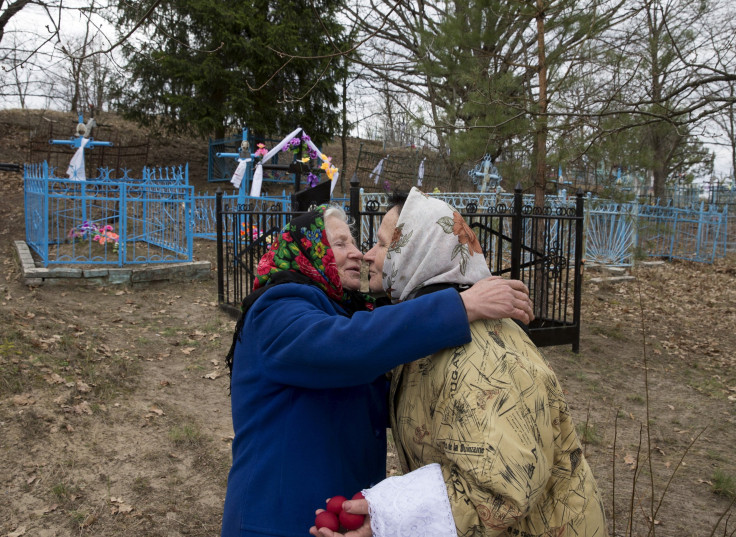
Many former residents come back to the place they once called home, which is now all but abandoned. In the days after the disaster, Soviet authorities declared a 1,004-square-mile region around the power plant had to be evacuated. That’s just a bit smaller than the area of Paris. The once-bustling villages and towns in the region are shadows of their former selves. Almost 30 years after the area was abandoned, the homes there are on the verge of collapse. People were in such a rush to leave that they left many of their personal belongings, some remaining right where they dropped.
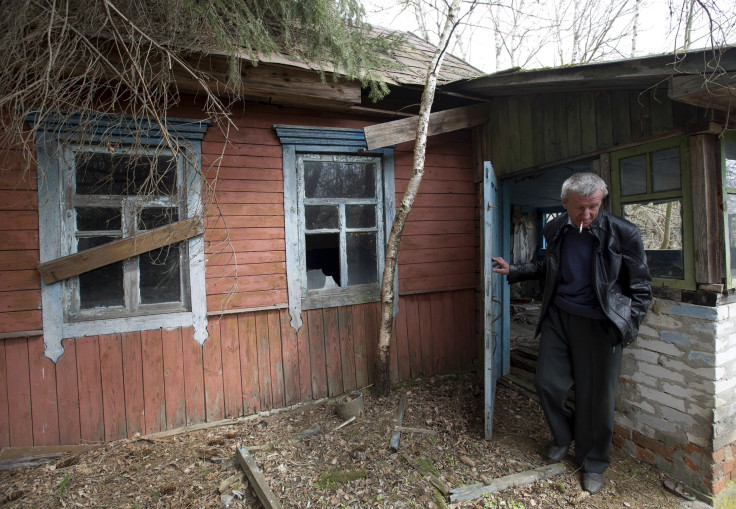
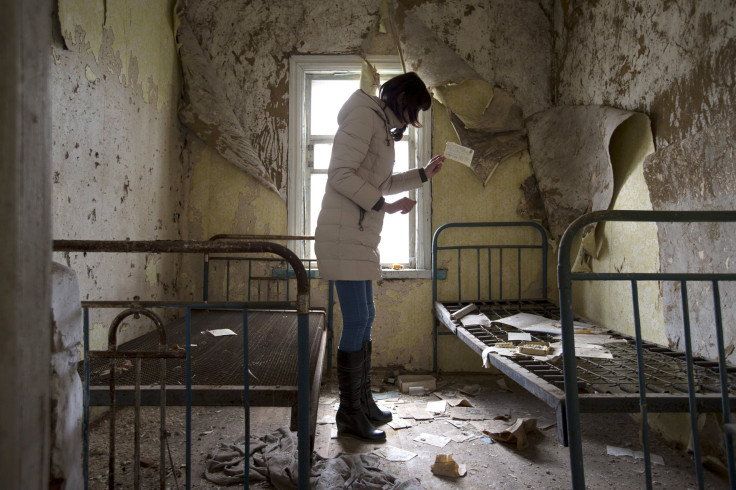

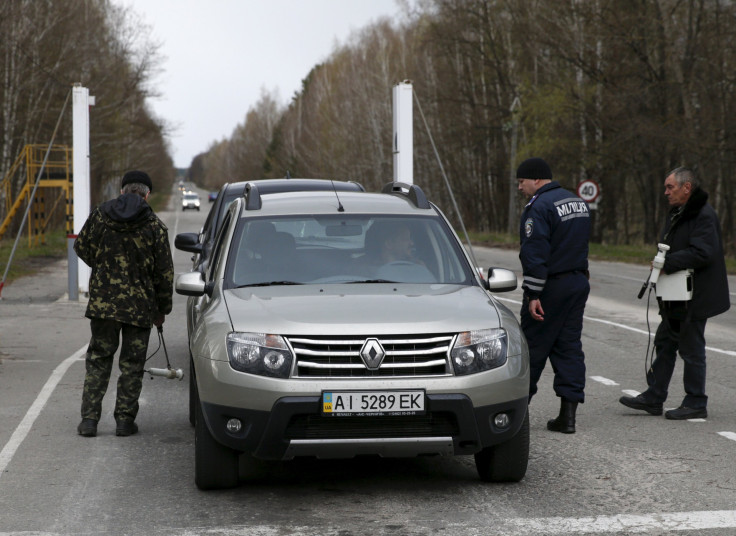
But the Chernobyl Exclusion Zone isn’t entirely abandoned. Workers at the plant are frequently put up in nearby towns, and illegal squatters have taken up residence in many abandoned buildings. Fewer than 200 people were legally allowed to remain after the disaster because they refused to leave their homes. Mostly older people, they are called the Samosely, or self-settlers.
Amazingly, Chernobyl has become a tourist destination, with organizations running tours into the Exclusion Zone, which includes the city of Pripyat and Chernobyl, considered one of the most haunting locations on the planet. Click here to see more photographs taken inside the Exclusion Zone.
Work continues at the damaged Reactor 4, where builders are erecting the New Safe Confinement structure, which will reinforce the concrete sarcophagus initially constructed to contain the reactor. The project has run behind schedule, but is expected to be completed by 2017.
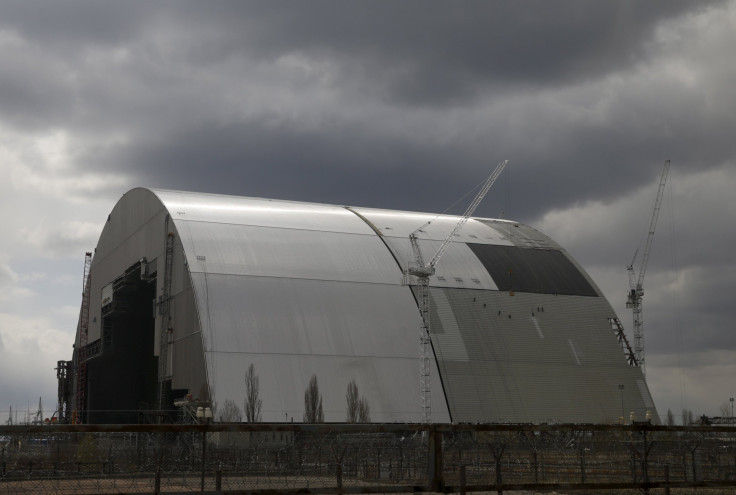

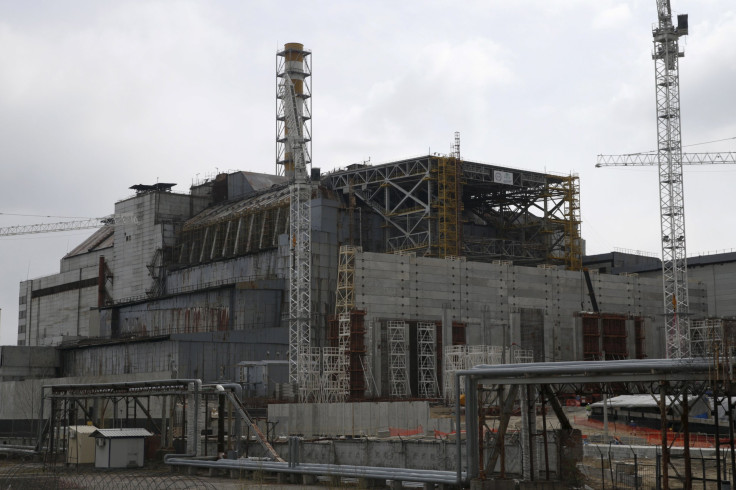
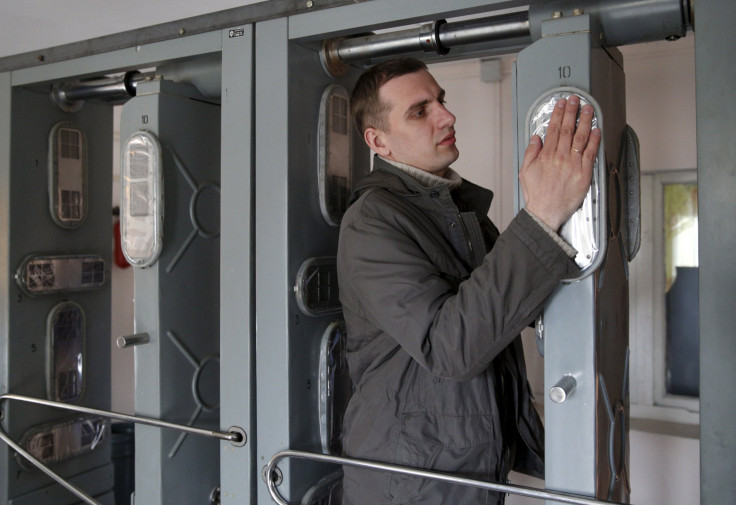
© Copyright IBTimes 2024. All rights reserved.






















